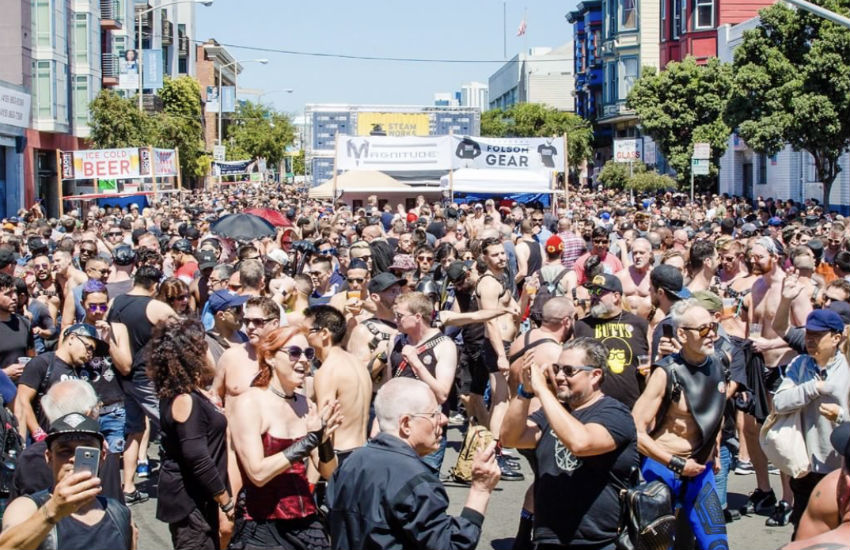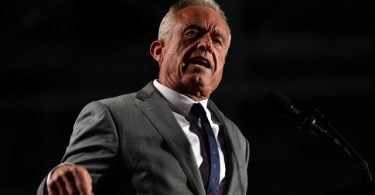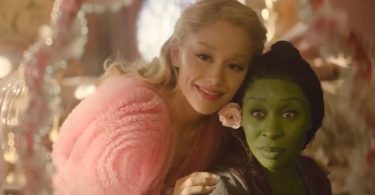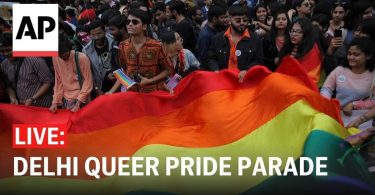Supervisors in the city of San Francisco voted unanimously yesterday to create a ‘Leather and LGBTQ Cultural District’ in the South of Market neighborhood of the city.
The resolution faces a second vote next week but campaigners are confident it will pass.
San Francisco is arguably the most LGBTI-friendly city in the entire US. It has been attracting queer communities for decades. It has been home to hundreds of gay bars and businesses – although many have closed in recent years.
Many areas once popular with gay businesses have undergone gentrification. This drives up rents and prices.
The city has previously taken steps to try and protect the heritage and atmosphere of certain neighborhoods. In 2015, it passed Proposition J. This gave grants to ‘legacy’ businesses and financial incentives to landlords renting premises to long-running businesses.
Approving the resolution to recognise the area South of Market should give the area access to public money and certain negotiating rights in relation to future development.
The area is home to several gay businesses and the world-famous Folsom Street Fair. The latter festival attracts approximately 400,000 – many in leather – to the area. Local bars include the Eagle SF, Powerhouse, Hole in the Wall, the Stud, Oasis, Lone Star and Driftwood.
Campaigners lobbying for the leather district greeted the result of the vote.
‘I was elated to see our resolution pass unanimously and have the hard work of so many people come to fruition after so much time,’ said Bob Goldfarb, chair of the Leather and LGBTQ Cultural District Community Group, Chair.
‘This is a historic moment to see the creation of America’s first Leather and LGBTQ Cultural District.
‘We are confident it will pass at next week’s vote as well. The only remaining step is the signature of the Mayor who is supportive, that should take place in a week or two following next week’s vote.’
‘Each of these traditionally queer neighborhoods is being rapidly gentrified’
Besides the Leather LGBT District, the city is currently considering two other LGBT cultural districts, including the Castro Cultural District and the Transgender Cultural District in the Tenderloin area.
‘On the face of it, these are welcome: Each of these traditionally queer neighborhoods is being rapidly gentrified, their character is changing and LGBT people and longtime businesses are being pushed out,’ says Marke Bieschke to GSN. Bieschke is co-owner of The Stud, curator at the GLBT History Museum and publisher of news site 48 Hills.
‘It’s a reassurance from our city government that it supports us and wants to protect our culture.
‘On the other hand, there is a danger of “pink washing” this rapid gentrification, by letting luxury condo developers do as they will, as long as they throw queer people a bone by, say, courting a gay ground-floor business or creating a gay history display.
‘There also isn’t an established process yet around who gets to decide what’s historical and what’s truly “queer” in individual cases. So far the cultural districts idea is encouraging and makes for great press releases but the mechanics remain murky. I think a lot of public outreach and explication will have to be the next step.’







